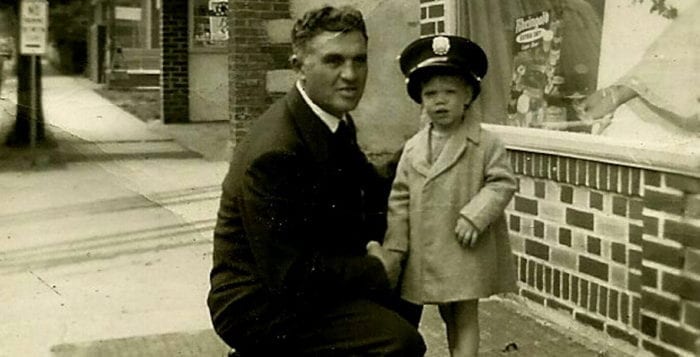By Donna Deedy
It’s often said that a free press is a pillar of democracy, a fourth branch of government, capable of shining a light on corruption to reveal truth. History is full of cases where news stories have exposed unethical or criminal behavior, essentially helping to right a wrong.
Consider the story on the Pentagon Papers, which showed how the federal government misled the public about the Vietnam War. When congressional leaders didn’t act, newspapers filled a role.
Think of the news story about lead contamination of Flint, Michigan’s water supply and the Boston Globe’s series that exposed the widespread cover-up of childhood sexual abuse by Catholic priests. Most recently, the Miami Herald’s series “Perversion of Justice” is credited for exposing the crimes and lenient punishment of Jeffrey Epstein, who allegedly operated a sex-trafficking scheme with underage girls.
These are just a few cases with incredible breadth and scope that show how journalism raises awareness and ultimately prompts change. Countless other stories underscore the value and impact of journalism, and the news is not always necessarily grim. Aside from exposing bad actors or twisted policies, journalists also celebrate all that is good in a community and can bring people together by showing the great achievements of ordinary people.
Any way you look at it, news matters.
In the last decade and a half, though, it’s become increasing difficult for newspapers to survive. Newsroom employees have declined by 45 percent between 2008 and 2017, according to the Pew Research Center. Some 1,300 communities in the U.S. now have no coverage at all in what are called “news deserts.” This spells trouble for democracy. Thankfully, Congress is now opening a door to take a look at the situation.
A six-minute YouTube video created by The News Media Alliance, the news industry’s largest trade organization, explains what people need to know about the situation. Entitled “Legislation to Protect Local News,” if you haven’t seen it, it’s worth your time.
In summary, technology — think internet and smartphones — has had a phenomenally positive impact in increasing the demand for news by expanding readership and engagement. In fact, just 2 percent of the U.S. population in 1995 relied on the internet to get news three days a week, according to Pew Research Center. By 2018, 93 percent of the population accessed at least some news online. But while news is more widely circulated, this shift to online platforms is also at the root of the news industry’s struggle.
Terry Egger, publisher and CEO of Philadelphia Media Network said in the video that he recognizes the power and beauty of the Facebook and Google’s distribution models, but he also sees in detail how they are eroding the news industry’s ability to pay for its journalism.
“Facebook and Google are able to monetize their distribution of our content, nearly 80 to 85 cents of every dollar in advertising digitally goes to one of those two platforms,” he said.
The bottom line: News is supported largely by advertisements. By creating and distributing content to an audience, news outlets essentially broker their reach to advertisers looking for exposure. Accessing news through Facebook and Google has essentially disrupted that business model.
Facebook and Google have generated over the last year $60 billion in revenue, explains U.S. Rep. David Cicilline (D-RI), chairman of the U.S. House Antitrust, Commercial and Administrative Law Subcommittee in the video. In contrast, news publishers’ revenue is down about $31 billion “over the last several years.”
Cicilline senses that something needs to be done to help local papers and publishers survive. He, along with Rep. Doug Collins (R-GA) and Rep. Mark DeSaulnier (D-CA), have introduced in April a bill called Journalism Competition and Preservation Act of 2019, H.R.2054.
The bill provides a temporary safe harbor where publishers of online content can collectively negotiate with dominant online platforms about the terms under which their content may be distributed.
Collins, ranking member of the U.S. House Judiciary Committee, called the bill a first step to see if the nation can bring fairness to smaller and local and regional papers. So far, the legislation continues to gain momentum.
Danielle Coffey, counsel for the News Media Alliance, stated in a recent email interview that the journalism preservation bill is receiving voices of support from both sides of the aisle. The organization is looking for more sponsors to be added. “We aren’t asking for the government to save us or even for the government to regulate or change the platforms,” said David Chavern, president and CEO of News Media Alliance. “We’re just asking for a fighting chance for news publishers to stand up for themselves and create a sustainable digital future for journalism.”
Rep. Lee Zeldin (R-Shirley) said that he is monitoring the bill’s progress.“A free press has been essential to the maintenance of our democracy and keeping people informed,” he said. “As the way Americans consume their news evolves, we must ensure that tried-and-true local journalists are receiving their fair share so they can continue to serve their readers for generations to come.”
Rep. Tom Suozzi (D-Glen Cove) is equally in agreement. “Our democracy is strongest when we have a free and diverse press,” he said. “From national to local news, events and happenings, we need the quality journalism of the free press to keep the public aware of what is happening in their country, state, town and local communities.”
Residents are urged to contact their congressman, Zeldin (631-289-1097) or Suozzi (631-923-4100), and ask them to become co-sponsors of H.R.2054: Journalism Competition and Preservation Act of 2019.


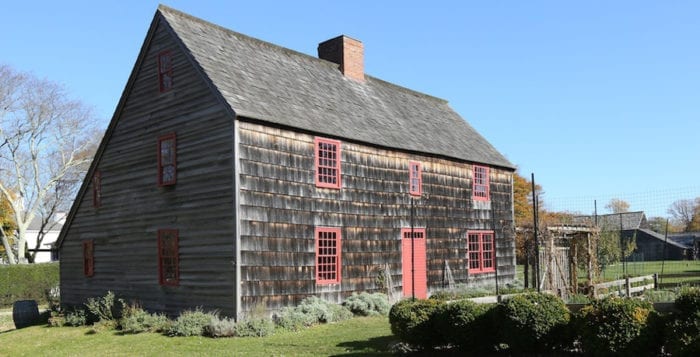


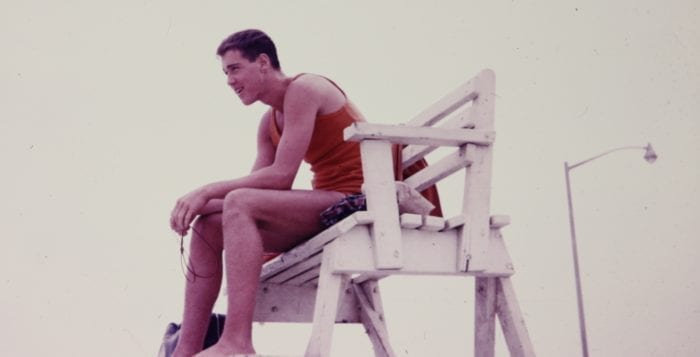


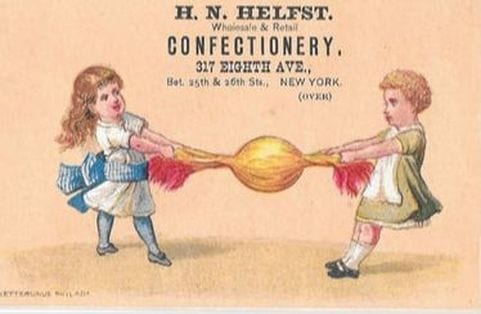

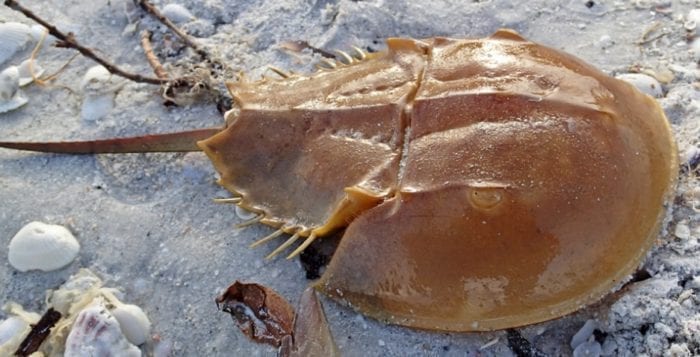




 Occasionally swifts break from their typical fluttery flights to display courtship behavior. During these displays a mated pair flies together, about a foot or two apart, and synchronously throw their wings into a deep V-shaped position and glide for a second or two before resuming regular flight. It’s a little joy to behold and life is worth living due to little joys, right?
Occasionally swifts break from their typical fluttery flights to display courtship behavior. During these displays a mated pair flies together, about a foot or two apart, and synchronously throw their wings into a deep V-shaped position and glide for a second or two before resuming regular flight. It’s a little joy to behold and life is worth living due to little joys, right?
